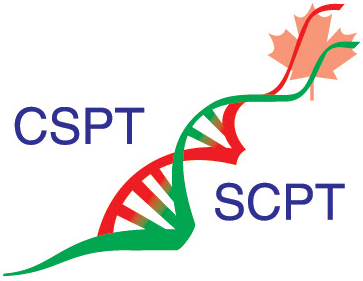Adverse drug reaction
Definition:
An Adverse Drug Reaction (ADR) has been defined by the World Health Organization as “A response to a drug that is noxious and unintended and occurs at doses normally used in man for the prophylaxis, diagnosis or therapy of disease, or for modification of physiological function” (World Health Organization, International drug monitoring: the role of national centres.Rep Ser WHO 1972, no 498). Edwards and Aronson have defined ADRs as “an appreciably harmful or unpleasant reaction, resulting from an intervention related to the use of a medicinal product, which predicts hazard from future administration and warrants prevention or specific treatment, or alteration of the dose regimen, or withdrawal of the product.” (Edwards and Aronson Lancet, 2000; 356(9237):1255-1259).
More simplistically, an ADR is a harm caused by use of a drug when the drug is used in the correct dose and by the correct route.
Relevance:
Adverse Drug Reactions are very common and are a major problem for patients, families, health care providers, health care systems, government and industry. The minimal rate of ADRs appears to be approximately 5% (i.e. 1 in 20 patients) while for some drugs such as chemotherapeutic agents the rate of ADRs can approach 100%. There are a number of different types of ADRs which include Drug Allergy, Side Effects, Intolerance and Idiosyncratic Reactions. In many cases the mechanism(s) – which includes genetic determinants - responsible for these effects are not known, making prevention and treatment strategies problematic. The vast majority of ADRs are not reported and while many ADRs are self-limited and resolve without sequelae, it has been estimated that ADRs may be among the top 5 causes of death in developed countries.
The picture shows a child with Stevens-Johnson Syndrome due to an Idiosyncratic Reaction to a cephalosporin antibiotic. This is a form of delayed hypersensitivity characterized clinically by erythema multiforme associated with haemorrhagic mucositis and often multi-system involvement. The mortality for drug-induced Stevens-Johnson Syndrome in children can be 5% while mortality in adults can be as high as 25%.

Examples of Adverse Drug Reactions:
|
Drug
|
Adverse Drug Reaction
|
Mechanism
|
Classification
|
|
Amoxicillin
|
Urticaria and bronchospasm
|
Release of histamine and other vasoactive substances due to a drug specific IgE response
|
Drug Allergy
|
|
Doxorubacin
|
Neutropenia
|
Myelosuppression due to off-target effects of chemotherapy
|
Side Effect
|
|
Aspirin
|
Tinnitus at usual doses
|
Unknown; appears to occur in unique patient sub-sets
|
Intolerance
|
|
Sulphonamides
|
Stevens-Johnson Syndrome
|
Misdirected immune processing of reactive drug metabolites in susceptible patients
|
Idiosyncratic Reaction
|
Teaching tips:
Considerations around Adverse Drug Reactions include:
-
Understanding the mechanisms of ADRs as a counterpart to mechanisms of targeted therapeutic effects
-
Describing how to anticipate ADRs and how to develop strategies to reduce risk and monitor for potential ADRs
-
Communicating clearly with patients and families as to what ADRs to anticipate and how to deal with a potential ADR
-
Developing a plan to manage ADRs including the impact on future therapy and the health care provider-patient relationship
Suggested articles on this topic:
- Rieder MJ. Adverse Drug Reactions Across the Age Continuum: Epidemiology, Diagnostic Challenges, Prevention, and Treatments. J Clin Pharmacol. 2018; Suppl 10:S36-47 PMID: 30248196.
- This manuscript reviews approaches to diagnosing adverse drug reactions and strategies to prevent and treat them with a focus on paediatrics
- Coleman JJ, Pontefract SK. Adverse drug reactions. Clin Med (London) 2016; 16: 481-5
- This manuscript provides an overview of the classification of ADRs.
Linked terms: Adverse Drug Effect, Side Effects, Drug Safety, Pharmacovigilance, Pharmacogenomics, Drug Allergy
Return to Glossary



